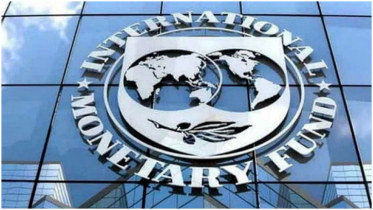Bright prospect for skilled manpower export from Bangladesh

The potential of exporting skilled manpower from Bangladesh remains depressingly untapped. Two basic reasons --- low skill level and lack of proficiency in languages of the manpower importing countries on the part of workers --- are responsible for that.
The country has been sending a large number of workers abroad, but the vast majority of them are unskilled. The average earning of an unskilled worker is far lower than a skilled worker. The authorities concerned, thus, have been laying emphasis on boosting export of skilled workers, but they have failed to put in place the right moves to make that happen.
According to a report carried by this newspaper, skilled Bangladeshi workers have been in demand in many developed Asian countries including Japan and South Korea. Skilled manpower is also in high demand in Malaysia, a traditional destination for unskilled Bangladeshi workers. The problem with skilled workers crops up with language proficiency, particularly in countries like Japan where fluency in the Japanese language, known as N-4 Level, is compulsory, along with job skill.
This particular level is a prime requirement for consideration as a 'specified skilled worker' (SSW). That the Japanese recruiters do not require any particular educational background of the applicants may be seen as an advantage. An SSW receives a monthly wage of Tk 100,000-200,000, while an intern is paid Tk 100,000. SSWs are eligible for 14 categories, but Japan has so far chosen Bangladeshi migrants for care-giving and agriculture sectors. There are around 80 types of jobs in different sectors in Japan. According to Japanese sources, a total of 22,723 Bangladeshis were in Japan as of 2022. Of them, 5,000 were employed in different sectors as skilled workers and professional technical interns.
As the number of skilled workers from the potential countries is feared to drop in the future, the Bangladesh Embassy in Tokyo observes, Japan is expected to be interested to hire workers from Bangladesh, 'a country with a large demographic dividend'. However, at present China is the leading exporter of manpower to Japan with 700,000, followed by South Korea with 600,000, Vietnam 400,000, Indonesia 250,000, Nepal 200,000 and Myanmar 50,000. Compared to these countries, the share of Bangladesh is pitiable. Bangladesh lags behind in SSWs, since most candidates drop out in the skill test. Bangladeshi workers also find it hard to acclimatise to that country's culture and work ethics.
The prospects for tapping South Korea as a destination of Bangladeshi skilled manpower also remain high. Bangladesh has been sending semi-skilled workers to Korea since 2008. The language barrier is also daunting here. It is good news that Korea will hire 20,000 workers under its 'E-7 visa category' over the next three years for its shipbuilding, iron and cement industries. That country needs welders, masons etc among 40 types of works. It also requires BSc and diploma engineers and architects. It has been learnt that 125 engineers are set to fly to Korea. Encouragingly, Korean language proficiency is not mandatory for the 'E-7 category'.
Meanwhile, about one million Bangladeshis are working in Malaysia. Of them, around 10,000 are skilled workers. According to BMET, Bangladesh sent 1.1 million people abroad in 2022, including just 22.22 per cent skilled workforce. It is thus important for the government to know elaborately the requirement of manpower-importing countries and take measures to produce the right kind of skilled manpower. This would serve the financial interest of both the workers and the country.
Source: Dhaka Tribune
.png)




